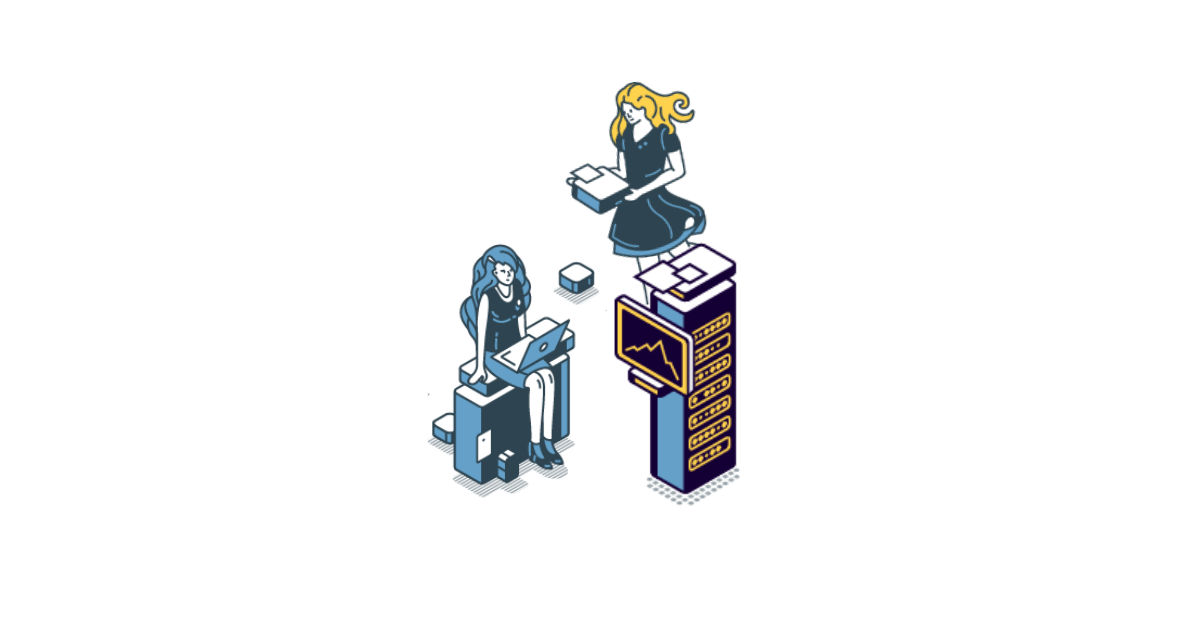2 min read
What Friends can tell us about Data Lifecycle Management

There’s a classic Friends episode when Rachel and Monica bet their apartment in a “who-knows-who-better” contest. Ross is the quizmaster, and he questions the girl’s knowledge of the address on Chandler’s TV guide. The girls fail to guess that "Miss Chanandler Bong" is the recipient of "Mr Chandler Bing's TV guide". Much hilarity ensues and the girls eventually lose their apartment
We can all relate to the mildly frustrating misspellings or inaccuracies that lead to a raised eyebrow. But even though petty failings in a system are often forgiven, it is important that they do not demonstrate the thin of the wedge; a sign of a wider data mismanagement issue.
Data integrity is vital. The aforementioned misspelt mailing label is a far cry from today’s highly sophisticated data management systems with the threat of more devastating consequences. But the principle of integrity remains – rubbish in, rubbish out.
Organisations are handling more data than ever before, and these demands make it essential for there to be a controlling framework, the Data Lifecyle Management (DLM) framework. A DLM generally consists of distinct phases, from acquisition to disposal and everything in-between.
1. Data Acquisition
This is the stage when you acquire the data that is relevant to manage that customer relationship. Data is continuously being created by users, devices and applications and not all will need to be retained. However, what is needed should be gathered in a standard format to ensure it is accessible and manageable, available to help build that customer relationship. All personal data must of course, be collected subject to the relevant data privacy regulations.
2. Data Storage
Policies to manage data storage will depend on the usage needs of the data:
- Is it intended to be a working asset?
- Is it helping drive customer engagement and build revenues?
- Is it inactive and needs to be archived or deleted?
Best practices around these demands will dictate the storage process, ensuring availability and reliability, whilst backup and recovery will need to be considered.
3. Data Usage
This is the value-add stage when that data you painstakingly collected is put to work. As the data works hard to build relationships, answer queries, up-sell, cross-sell and help your business grow, it will be viewed, processed, modified and saved. And as the data becomes a working, dynamic thing, it is important that an audit trail is in place to ensure all the modifications are fully traceable.
4. Data Archival
Once your data has served its purpose and needs to be removed form an active production environment it needs to be archived. An archive is simply a repository where the data is stored with no maintenance or general usage. One important aspect is that the data can be restored for active use if needed.
5. Data Destruction
Once your data archive inevitably grows, it will become necessary to delete some data before storage costs and compliance issues begin causing you issues. It is important to apply diligence to this phase to make sure the data is destroyed correctly and without violating applicable data protection regulations.
It must be stressed that this process is not strictly linear, indeed the first 3 stages quite often occur simultaneously as data is constantly generated, stored, and used at a pace…so having a robust system is essential to ensure data integrity, just ask Miss Chanandler Bong!
To discuss Data Lifecycle Management for your business, please get in touch, we’d love to have a chat with you!
